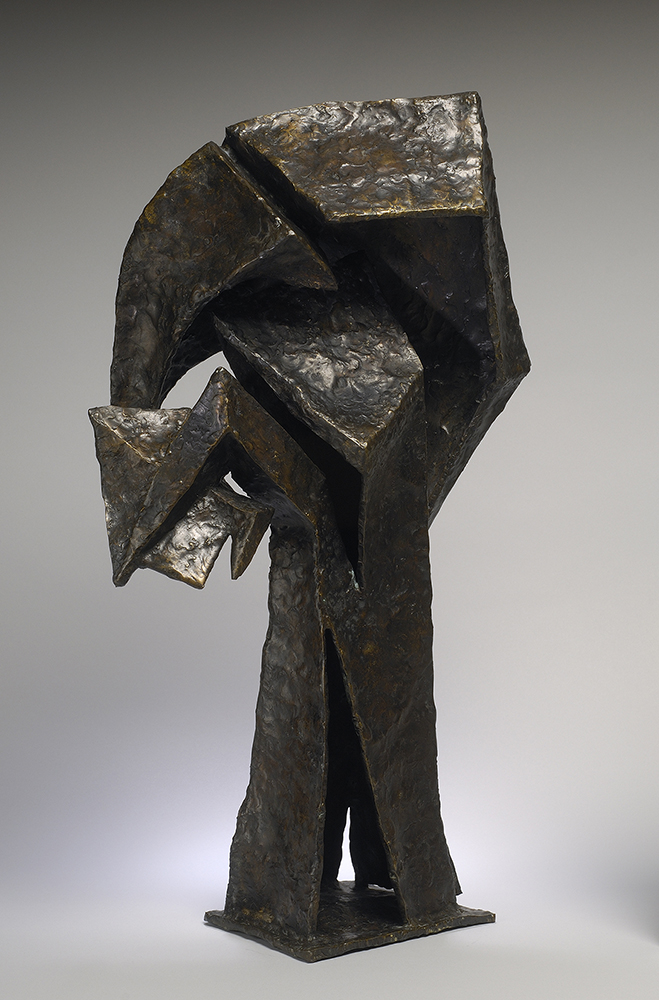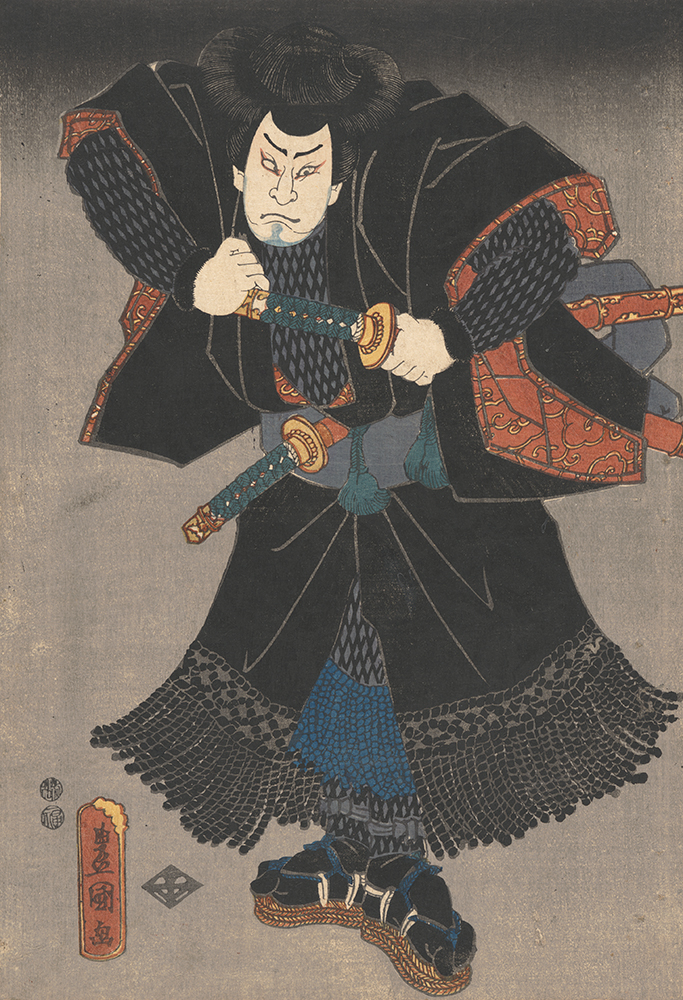The Guardian and the Avant-Garde: Seymour Lipton’s Sentinel II in Context
October 3, 2009 - January 3, 2010

This fall, the Ackland Art Museum takes a novel approach to looking at a single work in the permanent collection. The Guardian and the Avant-Garde: Seymour Lipton’s Sentinel II in Context offers two perspectives on an important new addition to the Ackland’s permanent collection: Sentinel II, an acquisition made possible by longtime Ackland supporter Shirley Siegel, in honor of her late husband Sidney H. Siegel. Curators Emily Kass (Ackland Director) and Timothy Riggs (Curator of Collections) consider the place of this single work within the timeline of art history and the provocative connections it suggests with other works of art across time and culture.
“The Guardian and the Avant-Garde allows us to celebrate the significant acquisition of a Seymour Lipton sculpture. The work is both a focal point and a lens through which we can look at the Ackland Collection with fresh eyes,” said Kass.
Almost all of the works included in the exhibition are drawn from the Ackland Collection, and many have rarely, and in some cases never, been exhibited before.
Seymour Lipton (1903-1986) was one of the twentieth century’s leading American sculptors. In 1956 he was included in the prestigious 12 Americans exhibition at the Museum of Modern Art. In 1958, he represented the United States in a solo exhibition at the Venice Biennale, and in 1960 he received a Guggenheim Award, followed by several important public commissions. Sentinel II was sculpted in 1959, by the artist at the height of his career, showing a full mastery of form and content.
During the 1950s, heroes were a frequent subject for writers and artists, reflecting the Abstract Expressionists’ interest in mythology, philosophy, and the universal qualities of art. During this time, Lipton began to explore these concepts in his art. In his writings about Sentinel II, he refers to heroism, guarding against adversaries, and engaging in the battle of life, analyzing the forms of the sculpture in relation to guardian imagery such as a standing figure, armor, and a helmet.
In The Guardian and the Avant-Garde, these characteristics serve as a starting point for an exploration of heroism and guardianship as depicted in a variety of cultural traditions throughout history. Many of these images come from religious beliefs, while others express the secular ideals of the nineteenth and twentieth centuries, replacing depictions of protective spirits or divinities with those of charismatic political leaders, heroic revolutionaries, or inspired artists. Among the works included in this exhibition section are pieces from Pablo Picasso, Renee Stout, Albrecht Dürer, Otto Dix, Burke Uzzle, and several notable sculptures from Africa and Asia.
By the time Lipton sculpted Sentinel II, abstract expressionism was well established as the dominant trend in American avant-garde art. The Guardian and the Avant-Garde traces this development and others in the progression of the American avant-garde from the turn of the century until 1960.
Entering this exhibition section, visitors will first encounter works representing the circle of the influential gallery owner and artist Alfred Stieglitz. Included in this group are works by Steiglitz himself (including The Steerage, one of his most famous photographs), as well as by Gertrude Käsebier, Edward Steichen, Paul Strand, Ralph Coburn, Ann Brigman, Max Weber, John Marin, Arthur Dove, Marsden Hartley, Charles Demuth, and Alfred Maurer. Other sections of this gallery explore artists fascinated with the Machine Age, the American Abstract Artists of the 1930s and 40s, and the so-called “Irascibles,” a group of Abstract Expressionist artists who included Arshile Gorky, Ad Reinhardt, Robert Motherwell, James Brooks, Jimmie Ernst, and Adolph Gottlieb.
Image: Seymour Lipton, American, 1903 – 1986; Sentinel II, c. 1959; bronze on Monel metal, 23 3/4 x 13 x 8 1/2 in. (60.33 x 33.02 x 21.59 cm); Gift of Shirley Siegel in memory of her husband, Sidney H. Siegel, 2008.21

